Down On The Farm
texas_weed
16 years ago
Related Stories
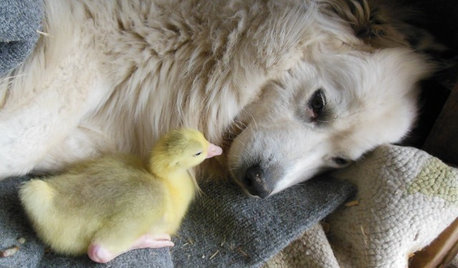
HOUZZ TV FAVORITESHouzz TV: Life, Love and Purpose Down on the Farm
A Missouri native proves that you can go home again — and discover something entirely unexpected
Full Story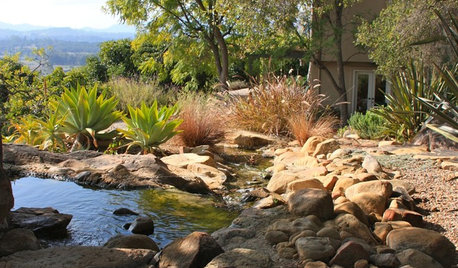
HOUZZ TOURSMy Houzz: Contemporary Farm-Style Hilltop Charmer
Contemporary art and scores of books bed down with farm-style furnishings in a couple's valley-view Southern California home
Full Story
KITCHEN DESIGNKitchen of the Week: Paring Down and Styling Up in a Pennsylvania Tudor
Nixing cabinetry, reducing counter space and limiting items gives a Bryn Mawr kitchen streamlined simplicity
Full Story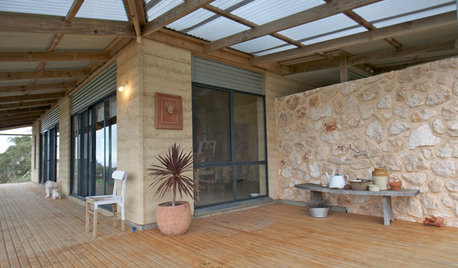
HOUZZ TOURSMy Houzz: A South Australia Home Comes Down to Earth
Rammed-earth walls embrace nature, stand up to harsh coastal conditions and create an indoor-outdoor connection for this artist's home
Full Story
DECORATING GUIDESTextile Textbook: A Stroll Down the Silk Road
Discover 8 varieties of silk and how best to use them in your home
Full Story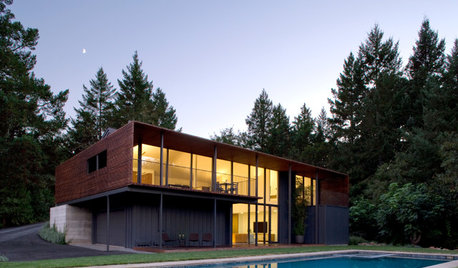
MODERN ARCHITECTUREHouzz Tour: 2 Modern Buildings on an Upscale Farm
Olive trees and acreage provide enviable views, but the architecture is a sight to behold too
Full Story
FARM YOUR YARDHow to Farm Your Parking Strip
Get an up-close look at a thriving street-side edible garden, one of many sprouting up in Seattle
Full Story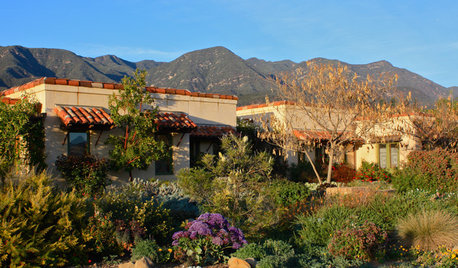
HOUZZ TOURSMy Houzz: California Ranch and Farm Look to Nature
Complete with yurts, an organic farm and an 'unintentional community,' this home in Ojai, California, shows its love of the land
Full Story
FARMHOUSESAn Iron Chef’s Farm Kitchen Gets Some Kick
Pro appliances and improved accessibility prove the right recipe for a kitchen that now multitasks with ease
Full Story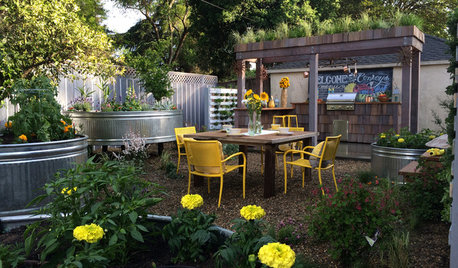
FARM YOUR YARDRemake Your Backyard Into a Mini Farm
You can get a taste of country life by line-drying your laundry, growing some produce or going whole hog with the critters
Full StoryMore Discussions







anonemouse
quirkyquercus
Related Professionals
Norfolk Landscape Architects & Landscape Designers · Oconomowoc Landscape Architects & Landscape Designers · Aurora Landscape Contractors · McKinney Landscape Contractors · Arden-Arcade Landscape Contractors · Byram Landscape Contractors · Danvers Landscape Contractors · Deer Park Landscape Contractors · Middleton Landscape Contractors · Salem Landscape Contractors · Yuba City Landscape Contractors · Forest Hill Landscape Contractors · Grand Rapids Swimming Pool Builders · Montclair Swimming Pool Builders · Palos Verdes Estates Swimming Pool Builderstexas_weedOriginal Author
tak2w
texas_weedOriginal Author
forthefuture
quirkyquercus
quirkyquercus
dchall_san_antonio
texas_weedOriginal Author
lou_spicewood_tx
tak2w
texas_weedOriginal Author
tak2w
texas_weedOriginal Author
quirkyquercus
tak2w
jimtnc
quirkyquercus
texas_weedOriginal Author
skoot_cat
quirkyquercus
texas_weedOriginal Author
jimtnc